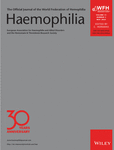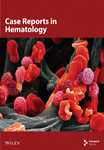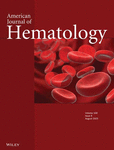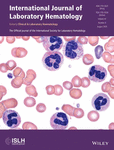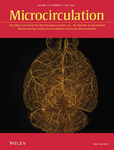Journal list menu
Export Citations
Download PDFs
Editorial
Open Access
oa
A Molecular, Genetic, and Diagnostic Spotlight on Fanconi Anemia
- First Published: 02 October 2012
Research Article
Open Access
oa
Diagnosis of Fanconi Anemia: Mutation Analysis by Multiplex Ligation-Dependent Probe Amplification and PCR-Based Sanger Sequencing
- First Published: 21 June 2012
Review Article
Open Access
oa
Fanconi Anemia Proteins and Their Interacting Partners: A Molecular Puzzle
- First Published: 12 June 2012
Research Article
Open Access
oa
A Dutch Fanconi Anemia FANCC Founder Mutation in Canadian Manitoba Mennonites
- First Published: 04 June 2012
Research Article
Open Access
oa
Diagnosis of Fanconi Anemia: Mutation Analysis by Next-Generation Sequencing
- First Published: 03 June 2012
Research Article
Open Access
oa
Loss of Ercc1 Results in a Time- and Dose-Dependent Reduction of Proliferating Early Hematopoietic Progenitors
- First Published: 03 June 2012
Review Article
Open Access
oa
A DOG’s View of Fanconi Anemia: Insights from C. elegans
- First Published: 30 May 2012
Review Article
Open Access
oa
Targeting the Fanconi Anemia Pathway to Identify Tailored Anticancer Therapeutics
- First Published: 24 May 2012
Research Article
Open Access
oa
Diagnosis of Fanconi Anemia: Chromosomal Breakage Analysis
- First Published: 24 May 2012
Review Article
Open Access
oa
Chromosomal Aberrations Associated with Clonal Evolution and Leukemic Transformation in Fanconi Anemia: Clinical and Biological Implications
- First Published: 23 May 2012
Review Article
Open Access
oa
Disrupted Signaling through the Fanconi Anemia Pathway Leads to Dysfunctional Hematopoietic Stem Cell Biology: Underlying Mechanisms and Potential Therapeutic Strategies
- First Published: 23 May 2012
Review Article
Open Access
oa
Towards a Molecular Understanding of the Fanconi Anemia Core Complex
- First Published: 22 May 2012




